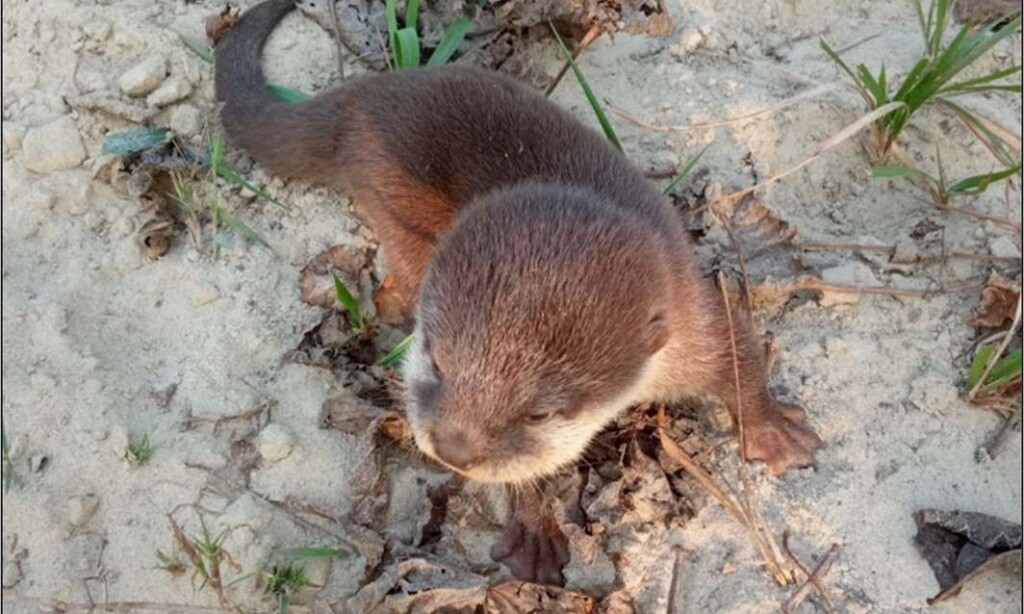Presumed Extinct: World’s Smallest Otter Found in Busy Nepal River After 186 Years without a Sighting

Though officially classified as vulnerable, no credible sighting of the Asian short-clawed otter, the smallest species of its kind, has been made in almost 200 years.
So when forestry officials in Nepal found an injured, juvenile otter at the confluence of two major rivers last November, they never imagined that their actions might determine the fate of the world’s smallest otter.
Fortunately, they sent images to the scientific community in the region, who realized that the animal had reappeared, having not been seen since 1839.
“The sighting of an Asian small-clawed otter after 185 years is a remarkable discovery for conservation in Nepal, ending concerns that the species may have been extinct in the country,” said a note from the IUCN’s Otter Specialist Group.
“The sighting highlights the need for detailed study of the status of this species in Nepal and urgent implementation of conservation initiatives.”
This small member of the Lutrinae subfamily measures 28.6 to 37.6 inches long and weighs in at a maximum of 7.7 lbs. Its claws, as the name suggests, are short and don’t grow past the pad on its webbed feet.
Occasionally reported living in Makalu Barun National Park, Nepal, the juvenile was found along the junction of the Rangun Khola river and its feeder stream, the Puntara Khola, in the far west of the country. The river was tranquil after the monsoon rains, and plenty of space along the banks was occupied by sand and gravel miners, bathers, clothes-washers, and fishermen.
OTTERS AT HOME: Out-of-Control Invasive Crab Species Has Met its Match: Cute and Hungry Otters
“As it was found in a fragile and injured state, the forest officers decided to feed and nurse it, but they didn’t know which species it belonged to,” Mohan Bikram Shrestha, lead author of the note, told Mongabay.
The forest officers, led by Rajeev Chaudhary, shared the images of the creature with the Shrestha and the specialist group, which helped them identify it.
MORE REAPPEARANCES: Majestic Sei Whales Reappear in Argentine Waters After Nearly a Century
“Otters are resilient to highly modified anthropogenic landscapes, flexible in habitat selection, and able to recover from low numbers,” the conclusion on the note added. “Nevertheless… a timely conservation effort for this exceptionally rare species, a keystone aquatic mesocarnivore, is now urgently needed in Nepal.”
SHARE This Exceptional Reappearance With Your Friends On Social Media…
>read more at © GoodNews
Views: 0